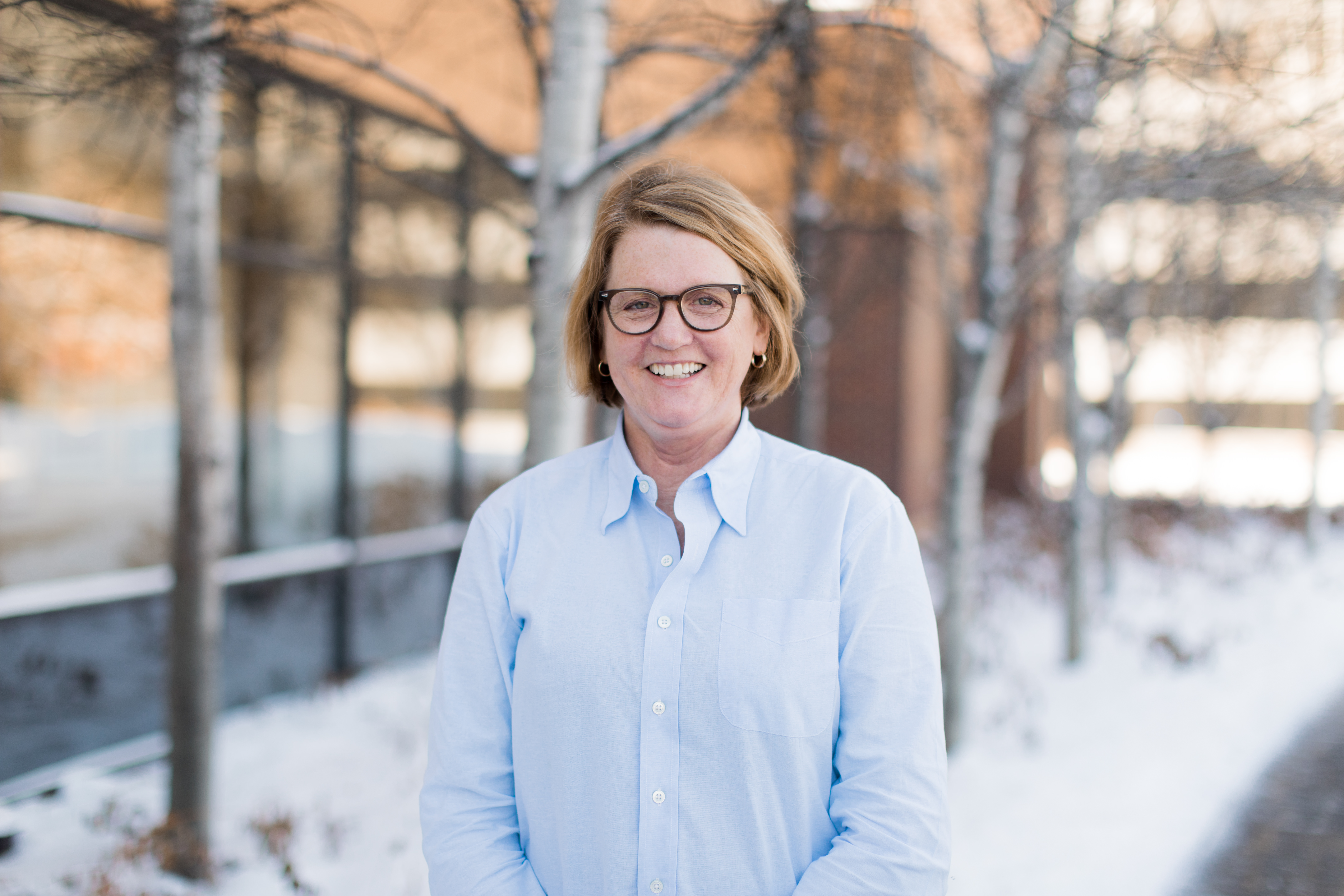
Ready Steady

When you’re young, falling down is usually no big deal. But falls often become much more dangerous as you get older. According to the U.S. Centers for Disease Control and Prevention, one in four Americans over age 65 falls every year, and about one in five of those falls causes a broken hip, concussion or other serious injury. Currently considered the leading cause of death from unintentional injuries for older adults, falling is increasingly becoming a serious public health issue.
But that doesn’t have to be the case. Health professionals already know things like changes in balance and gait, as well as loss of lower-body strength and foot problems, increase older adults’ chances of falling. They also have evidence that strength- and balance-focused exercise can go a long way towards prevention. There’s just one problem: Only about 12 percent of older adults actually engage in that type of potentially life-saving physical activity on a regular basis.
Siobhan McMahon wants to change that. An associate professor in the University of Minnesota School of Nursing, and a cooperative member of Adult and Gerontological Health, McMahon’s research has long been focused on improving older adults’ health and wellness, particularly when it comes to fall prevention. Having seen the devastating effects of falls firsthand in her role as a gerontological nurse practitioner, she is currently heading up Ready Steady, a University research project to assess ways to help older adults, not only increase fall-reducing physical activity, but maintain that level of activity over time.
"We started looking at what we know and trying to understand where the gaps are,” she says, explaining that one gap is the fact that, although practitioners and researchers know what types and amounts of increased, sustained physical activities reduce fall risk, they don’t yet know how best to promote them to older adults. “There are more than 30 commonly used strategies, and we need to investigate which of them, or which sets of them, should be included in programs that help people increase those activities in their everyday lives.”
Sponsored by the National Institutes of Health’s National Institute of Nursing Research, Ready Steady was launched in 2017, and will be completed in 2022. The project includes four different versions of the Ready Steady course, each one consisting of a standard activity program, the use of a Fitbit, and different promotional strategies aimed at encouraging people to engage in fall-reducing physical activity regularly.
Courses are held in different community-partner locations, including UROC. “Our community partners, like UROC and North Market in North Minneapolis, as well as others in Minneapolis and Saint Paul, have played a key role in all aspects of our research,” McMahon says. “We couldn’t do this project without them, and UROC has been wonderful because people enjoy meeting here. It’s a community gathering spot that’s so welcoming, comfortable, and informative about all kinds of resources and events.”
So far, 224 people, who are over the age of 70 and don’t practice these types of exercises regularly, have volunteered to participate in the Ready Steady project, which was designed by researchers in nursing, psychology, kinesiology, and public health. During the 8-week course, small groups of participants meet weekly for 90 minutes to gradually learn about and practice various physical activities that help build lower-body strength and improve balance.
Participants are also encouraged to walk regularly on their own and talk about how they are incorporating exercise into their lives. They also meet regularly with researchers for interviews and assessments. “This kind of change isn’t easy,” McMahon says. “We need to identify ways we can truly support people to do this.”